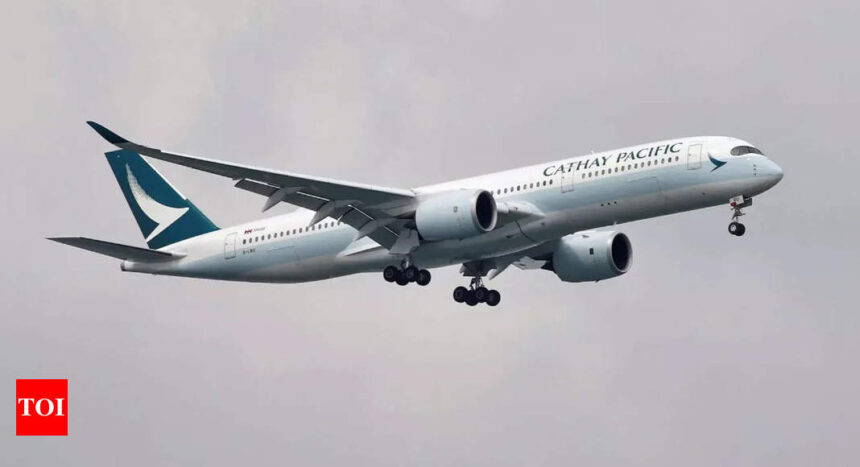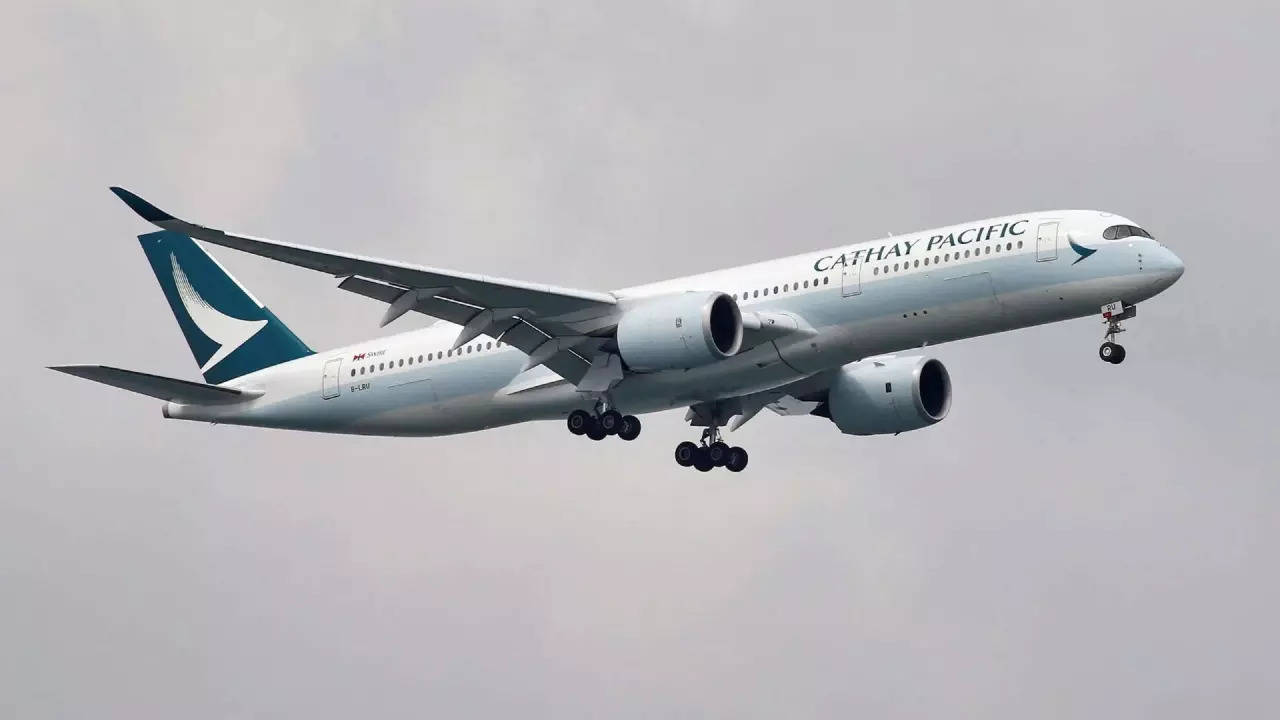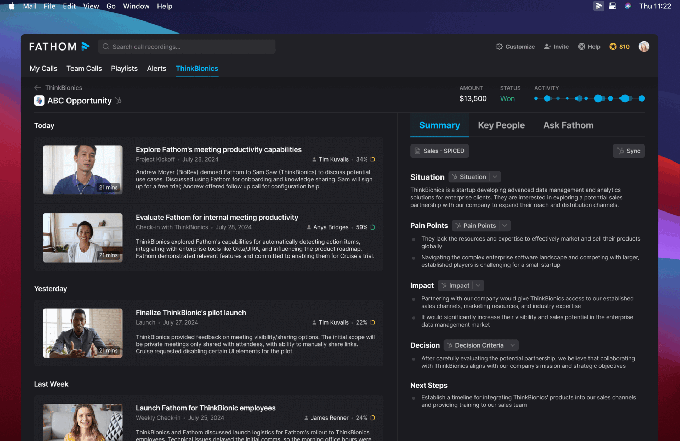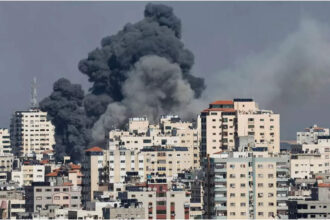A fire incident on a Cathay Pacific Airways Airbus A350 reported earlier this month was due to a hole in fuel hose, according to Hong Kong’s air safety authority.
The air safety authority released a report on Thursday stating that the steel braided sheath of a fuel hose connecting to a fuel spray nozzle was ruptured in a flight bound for Zurich to return to Hong Kong on September 2, Reuters reported.
If the faulty component had not been promptly detected and repaired, it “could have caused ‘extensive damage’ to the aircraft,” according to the report.
In early September, an incident took place involving a Cathay Pacific flight that had recently departed from Hong Kong, bound for Zurich. Shortly after takeoff, the pilots were alerted to a fire in the cockpit via a warning system. In response, they promptly shut down the affected engine and activated the fire extinguishers.
“The aircraft, which was carrying 348 passengers and crew, landed safely back in Hong Kong.”
Despite the safe landing, the incident raised significant concerns regarding the reliability of the engines used in Cathay Pacific’s entire A350 fleet. These concerns were further heightened when subsequent inspections revealed potential issues with an additional 15 aircraft in the fleet.
The preliminary investigation discovered soot on a section of the aircraft’s core engine, indicating signs of a fire. Additionally, five other fuel hoses in the Cathay jet were found to have either “frayed metal braids or collapsed structures.”
The engine fire on the Cathay plane resulted in the cancellation of 70 flights and prompted inspections of the carrier’s fleet of 48 Airbus A350 jets. Following the incident, other airlines, such as Japan Airlines, also conducted inspections on similar models in their fleets, reported Reuters.
The report recommended that Rolls-Royce, the manufacturer of the Trent XWB-84 and XWB-97 engines that power Airbus’ A350 jets, provide information including the inspection requirements of the affected components “to ensure their serviceability.” In response to safety recommendations from Hong Kong’s Air Accident Investigation Authority, the European Union’s Aviation Safety Agency (EASA) issued a directive requiring a one-time fleet inspection for some A350s.
The air safety authority released a report on Thursday stating that the steel braided sheath of a fuel hose connecting to a fuel spray nozzle was ruptured in a flight bound for Zurich to return to Hong Kong on September 2, Reuters reported.
If the faulty component had not been promptly detected and repaired, it “could have caused ‘extensive damage’ to the aircraft,” according to the report.
In early September, an incident took place involving a Cathay Pacific flight that had recently departed from Hong Kong, bound for Zurich. Shortly after takeoff, the pilots were alerted to a fire in the cockpit via a warning system. In response, they promptly shut down the affected engine and activated the fire extinguishers.
“The aircraft, which was carrying 348 passengers and crew, landed safely back in Hong Kong.”
Despite the safe landing, the incident raised significant concerns regarding the reliability of the engines used in Cathay Pacific’s entire A350 fleet. These concerns were further heightened when subsequent inspections revealed potential issues with an additional 15 aircraft in the fleet.
The preliminary investigation discovered soot on a section of the aircraft’s core engine, indicating signs of a fire. Additionally, five other fuel hoses in the Cathay jet were found to have either “frayed metal braids or collapsed structures.”
The engine fire on the Cathay plane resulted in the cancellation of 70 flights and prompted inspections of the carrier’s fleet of 48 Airbus A350 jets. Following the incident, other airlines, such as Japan Airlines, also conducted inspections on similar models in their fleets, reported Reuters.
The report recommended that Rolls-Royce, the manufacturer of the Trent XWB-84 and XWB-97 engines that power Airbus’ A350 jets, provide information including the inspection requirements of the affected components “to ensure their serviceability.” In response to safety recommendations from Hong Kong’s Air Accident Investigation Authority, the European Union’s Aviation Safety Agency (EASA) issued a directive requiring a one-time fleet inspection for some A350s.
Source : Times of India









